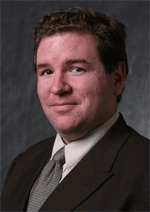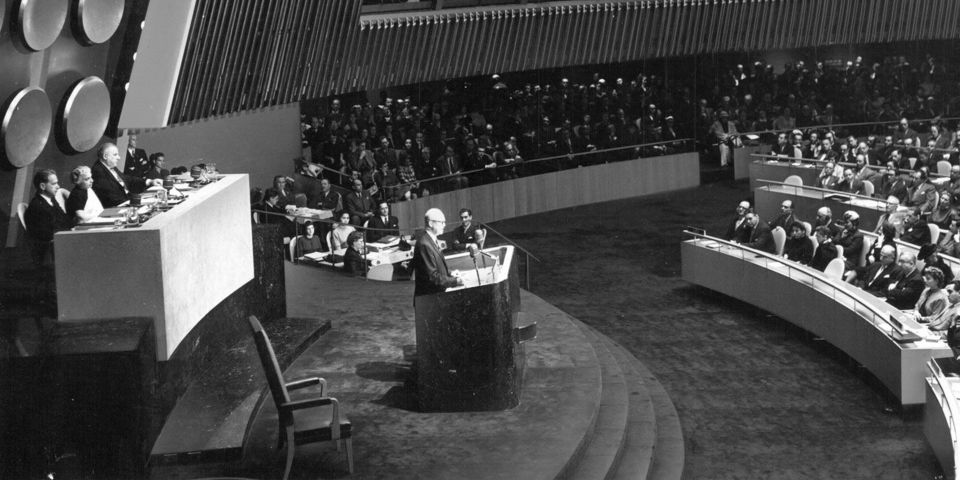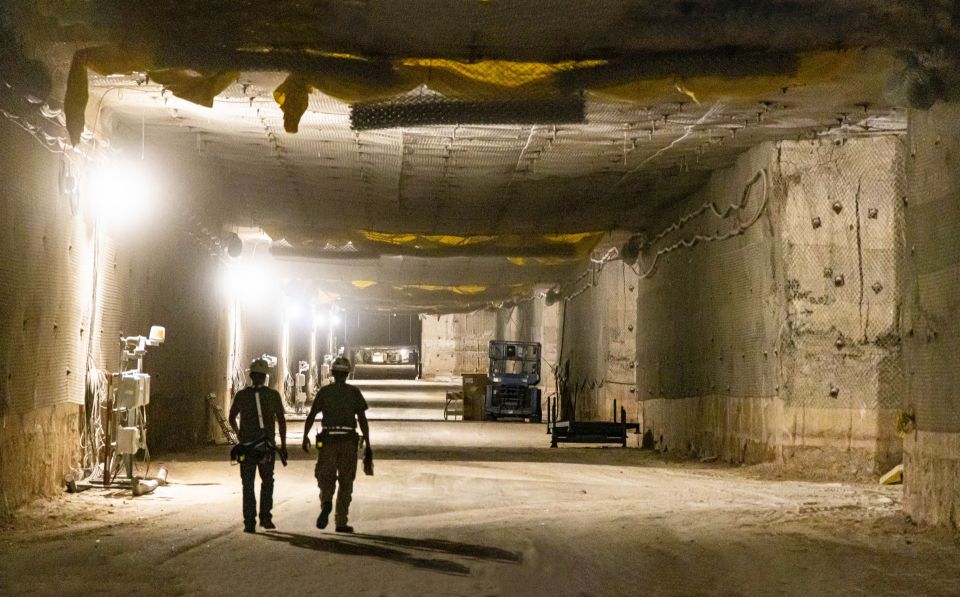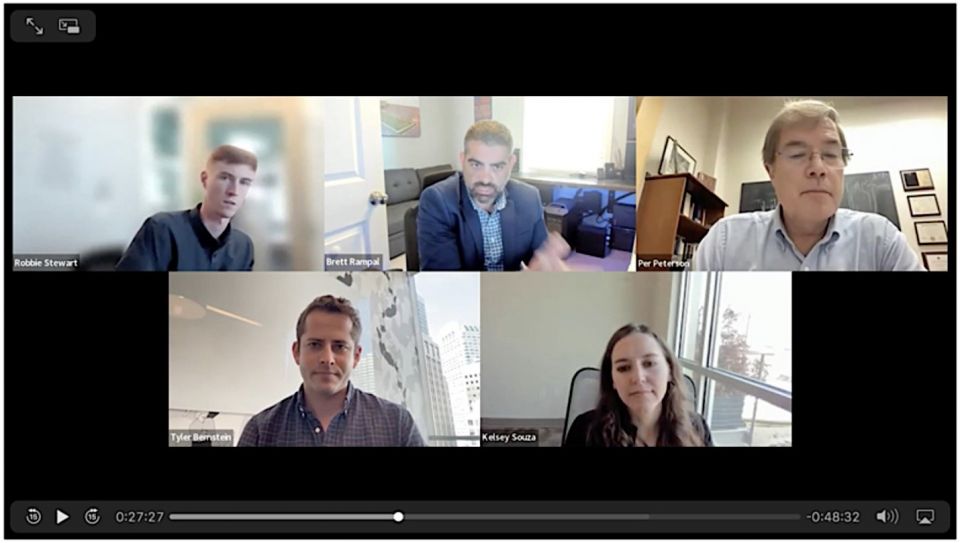ANS Young Members Group evolves to meet challenges
It is sometimes a little hard for me to believe, but I have been involved in nuclear engineering education for more than 16 years. For many of those years, I was a student, climbing my way up to achieve a doctorate in nuclear engineering. Now I am an educator, which in many ways is just a different kind of student.
I often find myself standing in front of groups of students who are either considering the study of nuclear engineering or are completely undecided about the field they want to study, and I quickly fall into what has become a habitual promotion-the value of a nuclear engineering education. I draw a trend line of nuclear engineering enrollments, which shows enrollments topping 2000 students per year through the 1980s, plummeting through the 1990s to bottom out below 500 students a year, and then recovering to around 1500 students a year today. Then I point to the bottom of the trough in the graph and say, "This point here, this is when I got my degree. It makes me either incredibly smart or incredibly stupid. I'm not always sure which."

Click on Chart to Enlarge
It gets a laugh (which is my primary goal) and the turnaround in enrollments suggests a confidence in the future prospects for the profession of nuclear engineering. It says that there is a demand for nuclear engineering graduates, and that their place in the workforce is as secure as can reasonably be predicted. Jobs are available and salaries are good. For most students, they don't need to know any more.
But looking a little harder at that trend line illustrates another truth about the field that they plan to enter: my "generation," the thirty-something "incredibly smart or incredibly stupid" members of the nuclear industry, are virtually absent from the workforce.
Does this matter? I think it does. Finding your way in the workplace, learning the ropes, taking on responsibility, and advancing your career are challenging under the best of circumstances. But when such a demographic chasm exists between younger workers and those who are more experienced, those incremental opportunities for responsibility and advancement become harder to come by. The transitions through one's career appear rougher, and jumps in responsibility are steeper. These obstacles can be overcome, as in fact we have little choice but to do so, but it is a different kind of toolbox that we may have to develop as compared with our predecessors.
These challenges are not limited to the commercial workforce, either. The same phenomena are present in regulatory agencies, national labs, and professional organizations such as the American Nuclear Society. It was these sorts of challenges that motivated the formation of the Young Members Group within ANS about five years ago, and it drives the Group's activities today.
 The Young Members Group of ANS has two primary goals: to give support to the new professional members and provide them opportunities to develop into the future leaders of ANS, and to advocate for the changes in ANS that will allow it to be successful in its service to the membership (and nuclear workforce) of tomorrow. The Group consists of all of the members of the Society who have not yet reached the age of 36, or have completed their education within the past five years, as well as any members with a professional interest in the challenges faced by this group. As this Group works to secure the future of ANS, we also hope that its lessons will spill over to the industry as a whole.
The Young Members Group of ANS has two primary goals: to give support to the new professional members and provide them opportunities to develop into the future leaders of ANS, and to advocate for the changes in ANS that will allow it to be successful in its service to the membership (and nuclear workforce) of tomorrow. The Group consists of all of the members of the Society who have not yet reached the age of 36, or have completed their education within the past five years, as well as any members with a professional interest in the challenges faced by this group. As this Group works to secure the future of ANS, we also hope that its lessons will spill over to the industry as a whole.
Even as the Young Members Group seeks to be an agent of change, we face our own needs to change. The demographics of the Group are shifting as more and more new graduates enter the industry. The evolution of technology is changing the way that we interact with one another personally and professionally, the speed nature of communication, and the storage and retention of knowledge. All of this is happening within the context of global changes in economy, environment, and politics.
The one constant that we can count on is change. The enrollment trend that resulted in this demographic void is unlikely to reoccur (although the future holds no guarantees), but the need to support and understand the newest members of the nuclear workforce is permanent. The Young Members Group of ANS is one small part of this greater picture.
For my students, the ones who are still considering a future in nuclear engineering, the prospects are indeed bright. It is up to all of us to make sure that the nuclear workforce they enter will be welcoming and conducive to their success.
If we do, then there is little doubt that 16 years or so from now, those students will look back at their decision to study nuclear engineering as one that is clearly "incredibly smart."

Peter Caracappa
Peter Caracappa is a Clinical Assistant Professor and Radiation Safety Officer at Rensselaer Polytechnic Institute. He was a founding executive committee member of the Young Members Group and currently serves as its chair.





